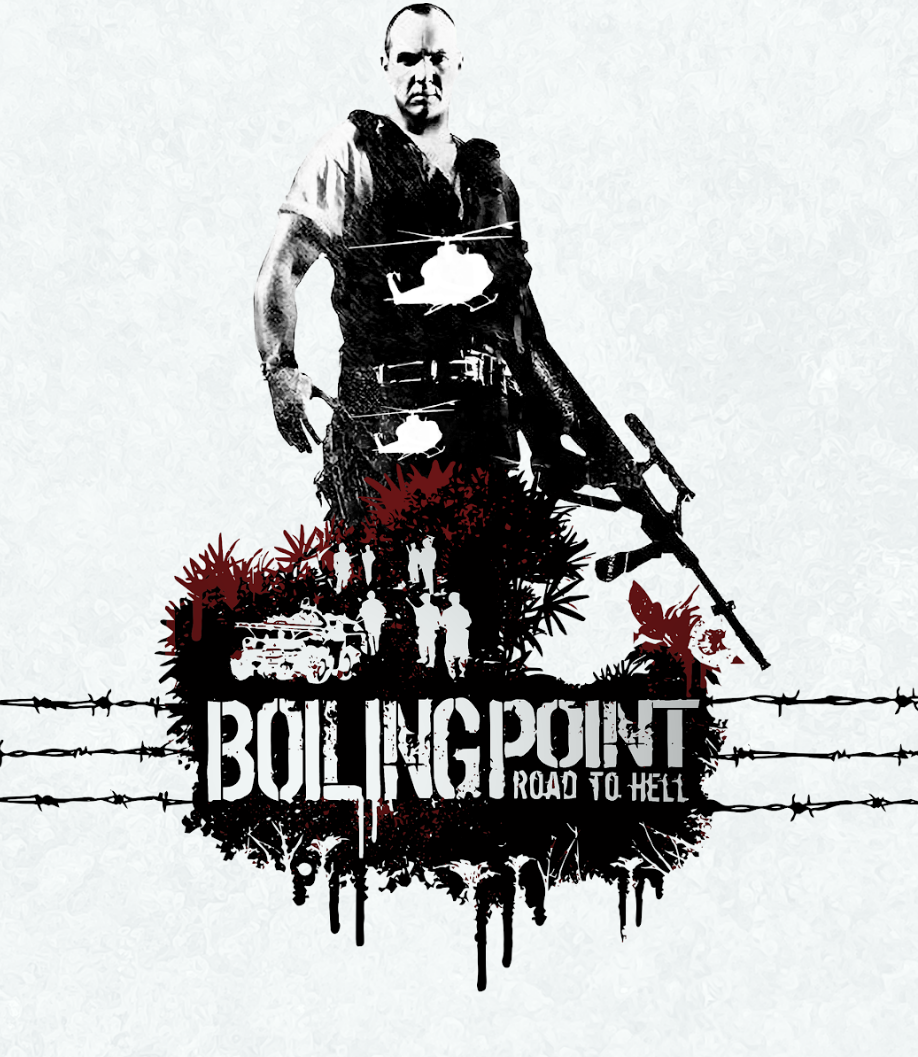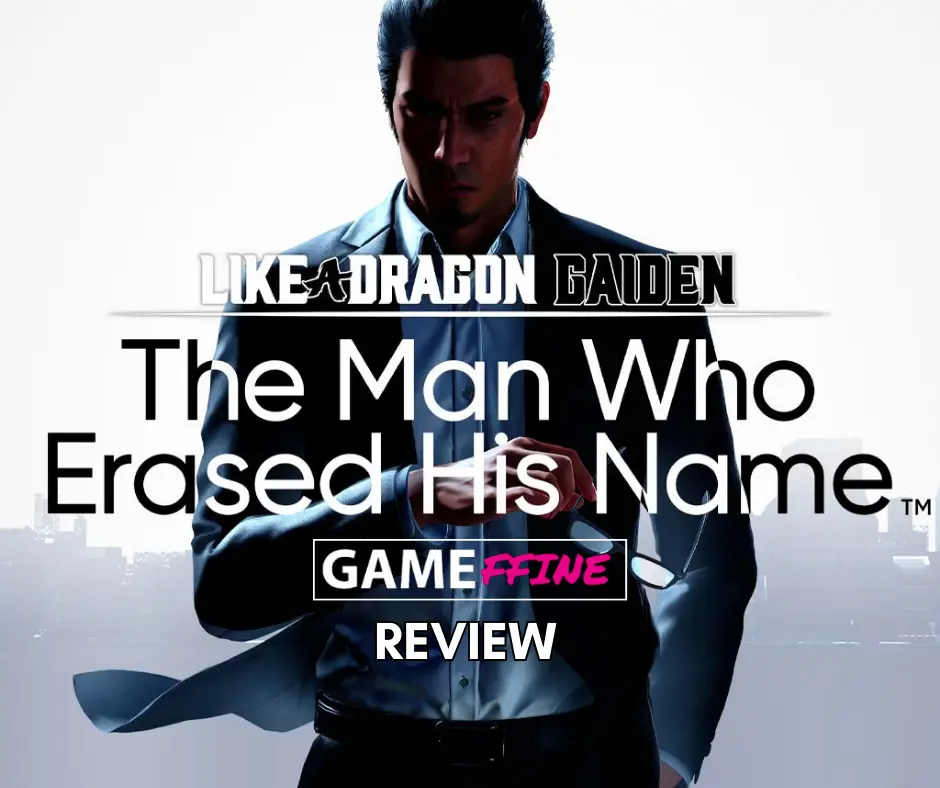Before Far Cry 2, before STALKER, before Fallout 3, there was Boiling Point: Road to Hell/Xenus. Developed by Deep Shadows, the relatively-unknown Ukranian Developer, Boiling Point was an experimental and highly ambitious project for the year 2005. An FPS-RPG hybrid set in a vast open world, Boiling Point played a significant role in pioneering the gameplay loop that’s the bread and butter of Ubisoft these days.
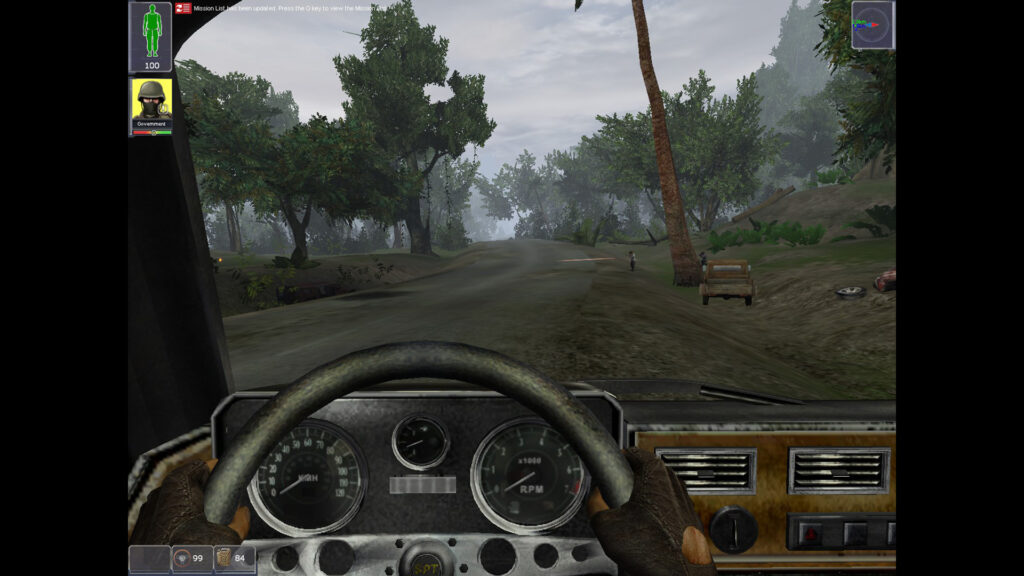
Now deemed an underrated gem by fans, the experimental and janky FPS-RPG was unavailable for purchase on modern storefronts since forever. The only way to obtain the game legally was by buying an old DVD from Amazon or eBay. But that’s about to change. Ziggurat Interactive, the unsung heroes of game preservation that’s not Nightdive, has acquired the publishing rights for Boiling Point and as a result, the game is releasing on Steam and GOG today. Fans and newcomers around the world can now enjoy Boiling Point in all of its janky, ambitious glory. Just don’t worry if you see a jaguar flying past in the speed of a jet. It’s not a bug- it’s a feature.
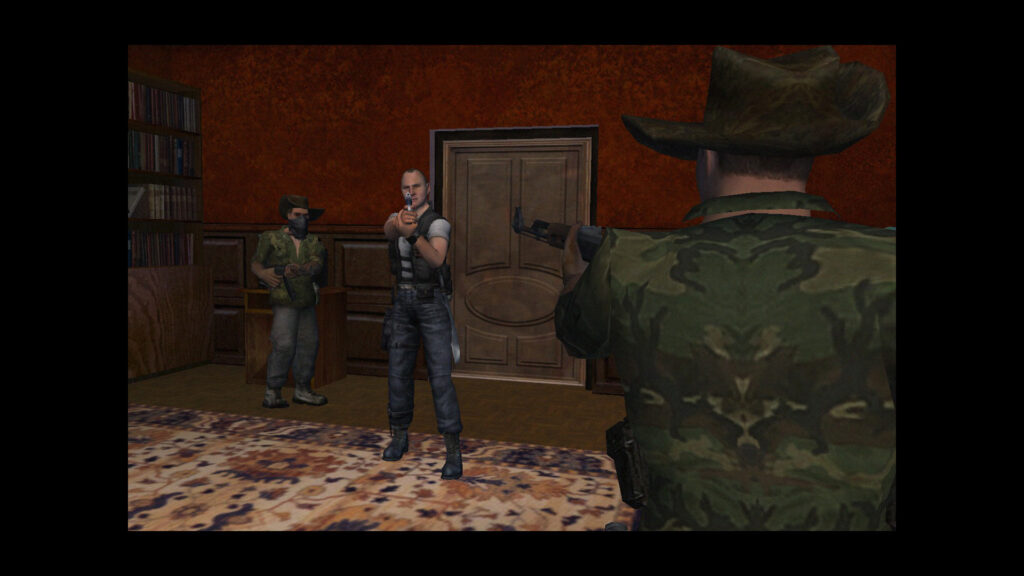
But what is Boiling Point? While you might think that it’s a terrible name for a video game, it actually makes sense, judging by the context of the game. You play as John Boiling Point, aka, Saul Myers, a veteran of the French Foreign Legion who heads off to the fictional American country of Realia to rescue his kidnapped daughter. Yeah, Saul did the badass angry dad thing before Liam Neeson. What’s interesting is that Saul is played by the badass Arnold Vosloo, of The Mummy fame. The story revolves around Saul as he navigates through the lush landscape and gets into dicey situations with corrupt politicians and criminal organizations to find his daughter’s whereabouts. Put on your favorite cargo shorts and take plenty of mosquito repellent – Realia bites.
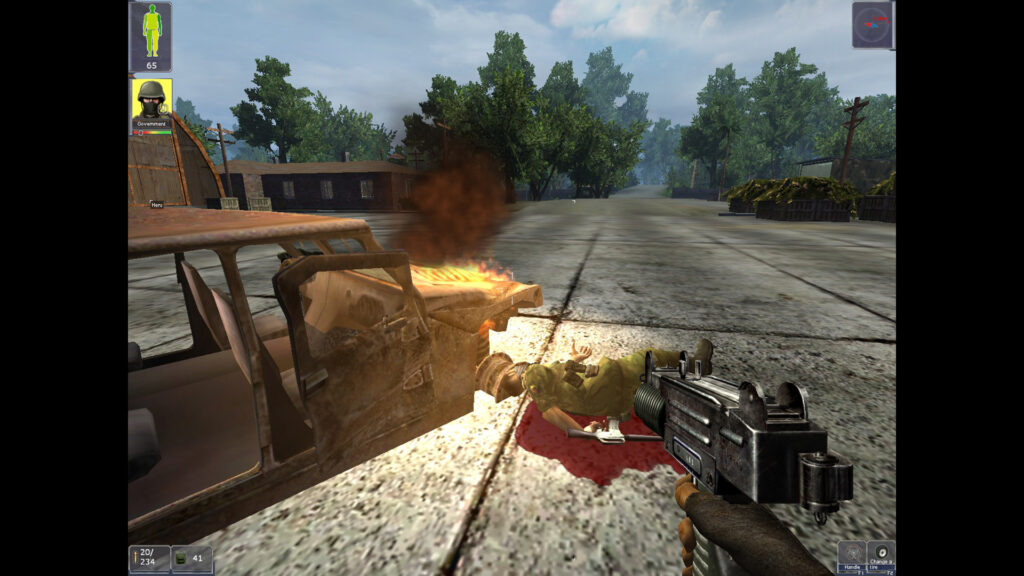
It may not look like much now. But back in the day, a lot of what Boiling Point was doing was pretty innovative. A lot of the things we take for granted in modern open-world can be traced back to Boiling Point. Not only do you get to engage in intense first person firefights using a wide variety of weaponry, you get to enjoy the joys of open world exploration thanks to a huge map. On the RPG side of things, there is a skill system, trading, dialogue system and a complex faction system featuring six factions, a reputation system, random encounters and more. The gameplay structure is very open-ended that puts many modern games to shame. Missions can be approached in any order and using any tactic. You can even kill bosses before they appear in the story. In fact, almost any NPC in the game can die – by your hand or as collateral damage of the faction wars. This is something Bethesda games still can’t accomplish. You can even complete the entire story without having to do even a single job for a faction. There are even some survival elements present – such as keeping your vehicles in tip-top shape and keeping them fueled up, sleeping, managing addictions, fending off animal attacks, etc. There’s so much interplay with the systems crammed into the game that it’s quite easy to get overwhelmed.
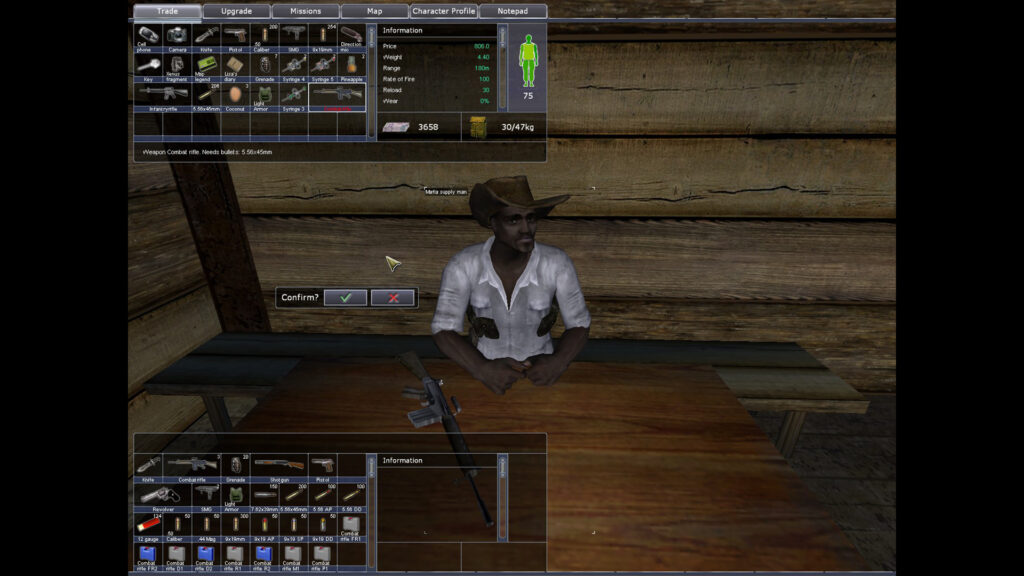
It is no hyperbole to say that Boiling Point was a technical marvel ahead of its time. The biggest highlight of Boiling Point was its cutting-edge Vital Engine 2. The engine was built from scratch by two self-taught Ukranian developers, Sergey Zabaryansky and Roman Lutl, who defected from GSC Game World during STALKER’s development. The engine allowed for the creation of a seamless game world spanning 25 km by 25 km area filled with jungles, outposts, estates, and cities. The game features a dynamic AI system, similar to that of STALKER, where the AI would go about their business even while you’re away. Factions constantly engage in skirmishes, NPCs kill or get killed, and predatory animals roam around the world, looking for a prey. Boiling Point was no Far Cry, but it looked pretty decent in 2005, especially considering its modest budget. The fact that Deep Shadow founders managed to make a game with an in-house engine having its own rendering and physics systems, advanced simulation capabilities and injecting it with a host of dynamic gameplay systems without the backing of a superpower publisher is astounding, to say the least.
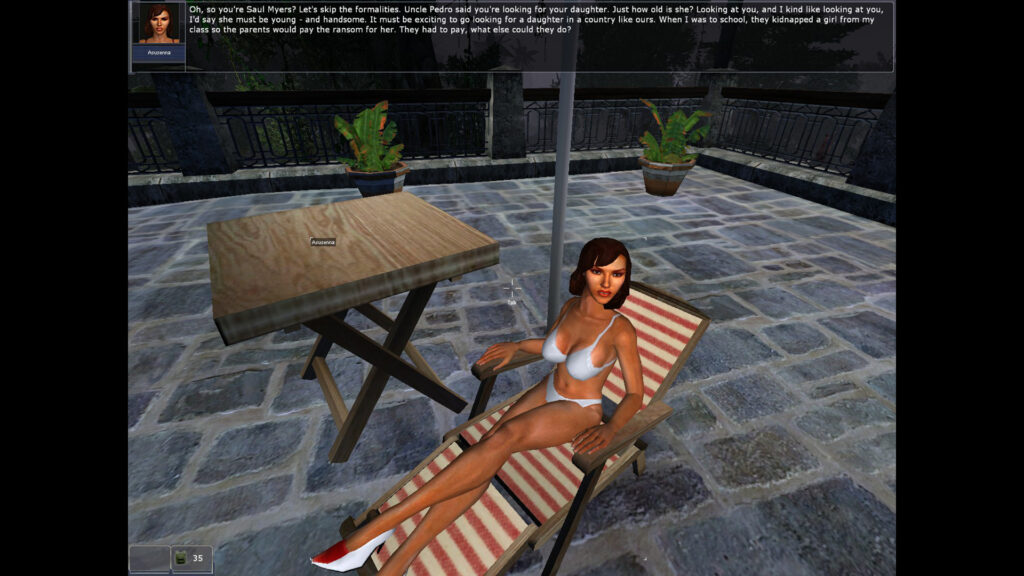
So how did an ambitious, experimental sandbox FPS-RPG hybrid like Boiling Point received mixed critical reception and became a commercial failure? The biggest reason for this was due to an overwhelming amount of bugs present at launch. I remember picking up an unpatched version of the game in 2006 and couldn’t play for more than one hour without the game crashing or giving me a game-breaking bug. This, combined with publisher Atari’s lackluster marketing, led to the game becoming a commercial flop. Most of the bugs were fixed eventually, and it even received a comprehensive community patch to boot. Heck, even the patch notes are hilarious. The Russian version even got a Gold edition which came with two mods, Great War and The Legend is Alive. It’s still janky as fuck, but in a good way.
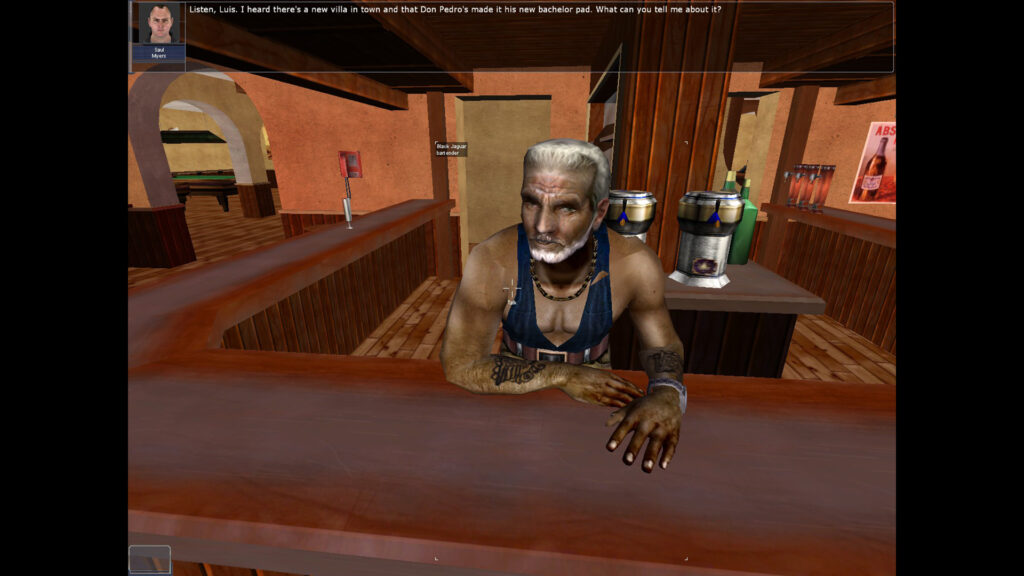
As for Deep Shadows, they went on to make a sequel to Boiling Point called Xenus 2: White Gold/White Gold: War in Paradise, which released in 2011. It’s basically a bigger version of Boiling Point but suffers from an incomplete English localization. Unlike Boiling Point, the game is already available on Steam, but you’ll need to download Russian audio files to fix the missing audio bugs in the game. They also made a game called Precursors, which is also available on Steam. It, too, is an open world FPS-RPG hybrid, but it’s a space-faring sci-fi game (and a better one at that than Starfield). As far as I know, Deep Shadows is still around making Hidden Object games for PC and mobiles. Maybe one day they’ll get back to doing risky, open-ended experiments like Boiling Point.
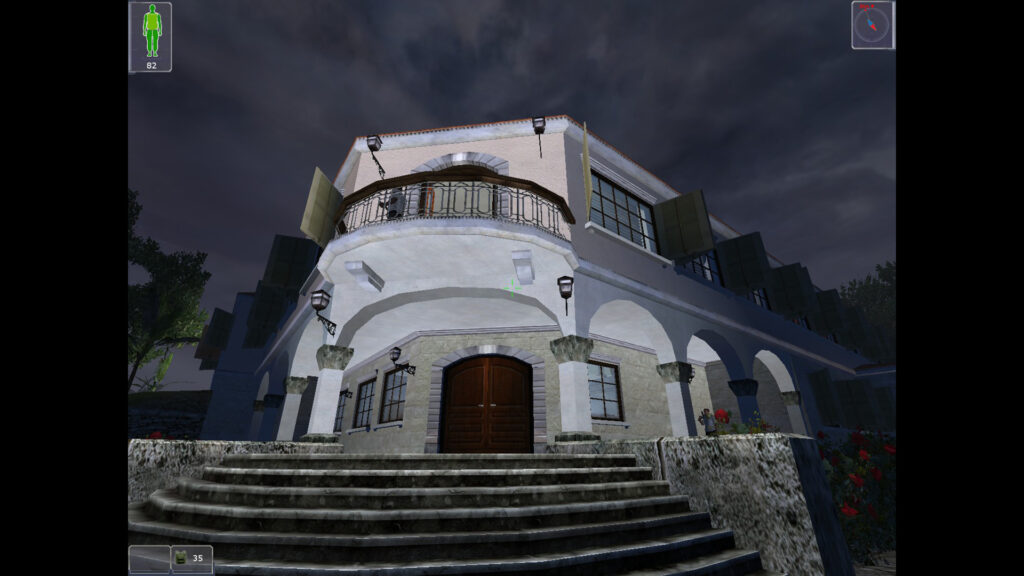
As for the re-release of Boiling Point, Ziggurat has made “major” improvements to the game’s stability and added EFIGS language support, with English, French, German, Italian, and Spanish (ES) subtitles. Other than these changes, the game is basically the same as the original version, unlike the Terminal Cut for BloodRayne and BloodRayne 2. It’s a missed opportunity, as something as basic as native widescreen support is absent in this re-release. The maximum native resolution is 1280×1024, but thankfully, Modern Myers Widescreen Patch works flawlessly with this version, and it was smooth sailing from there. According to people who dug around in the game files, the game is using a patch prior to 2.0. Really weird why Ziggurat didn’t use the 2.0 or 2.2 versions which further provided many bugfixes. It’d have also been cool if Ziggurat added Steam achievements and cloud saves to the game. Maybe in a future update, perhaps? Contentwise, everything else is the same as in the final patched version. The game is significantly less buggy and works well on modern systems. Fewer bugs, same jank.
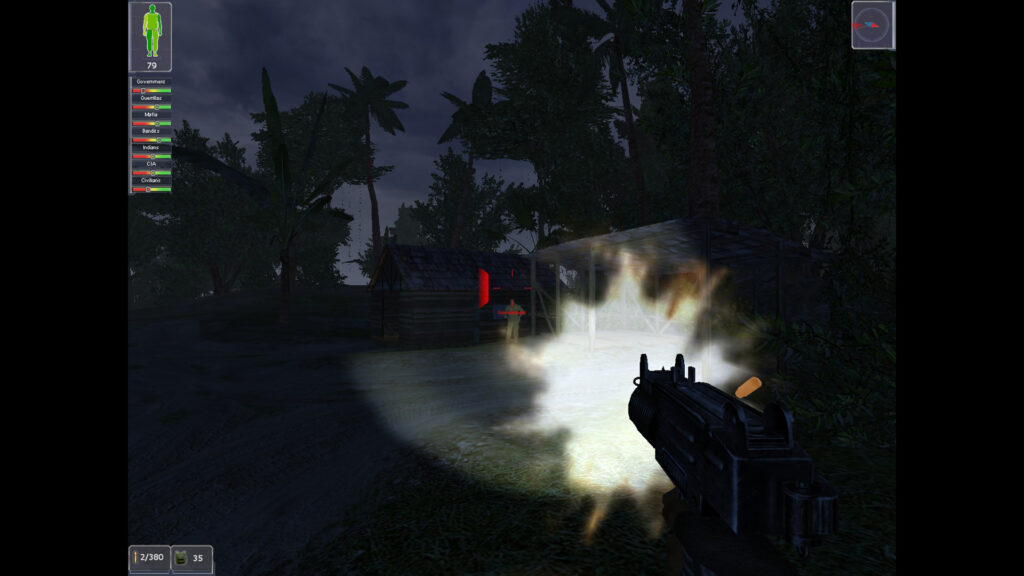
Boiling Point: Road to Hell is certainly not for everyone. The voice acting is unintentionally funny, the story is very cheesy and there’s lots of jank throughout. At the same time, there are people who like these sorts of things – people like me. Even after 18 years, I still had a blast driving around Regalia, pissing off the natives and getting grenades lobbed at me by old ladies. It’s also historically significant in the sense that it’s a forgotten relic from a time smaller developers took great risks to make something truly innovative. From a preservation standpoint, Ziggurat is doing God’s work in making the game publically available for purchase once again. While a HD remaster would have been awesome, I’m glad to be able to enjoy this masterpiece of an intro once again:
